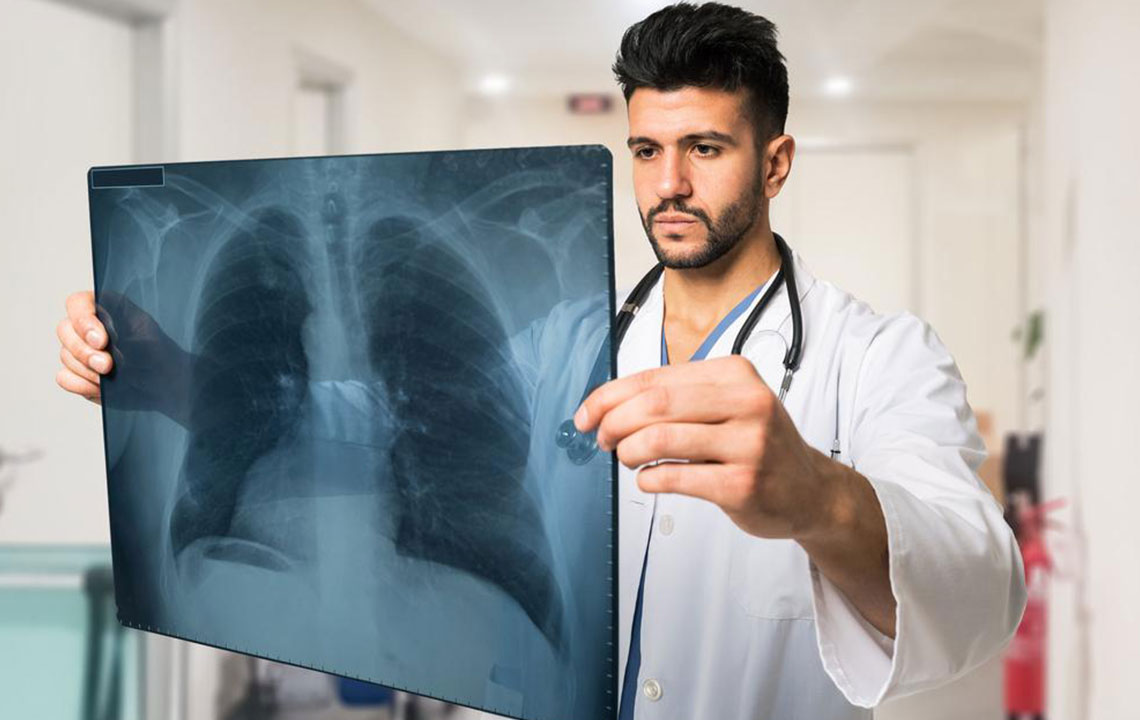
Signs and symptoms of lung cancer
According to the American Cancer Society, lung cancer, both small cell and non-small cell, is the second most common cancer faced by individuals in the country. With around 13% of new cases every year, this disease has been the primary cause of cancer-related deaths in men and women alike. It can be difficult to detect lung cancer as it does not have any signs and symptoms in its initial stages. The symptoms usually show up when the disease is at an advanced stage.
The symptoms of lung cancer may be different in each person. Some of the common symptoms observed are:
• Intense/prolonged coughing
• Chest pain
• Shortness of breath
• Pain in the back or shoulder
• A change in volume or color of sputum
• Wheezing
• Each breath is accompanied by harsh sounds (stridor)
• Recurrent or frequent lung issues such as pneumonia or bronchitis
• Coughing up phlegm or mucus with blood
• Coughing up blood
When lung cancer spreads, a person may also observe other symptoms in other parts of the body. The condition may spread to common body parts such as lymph nodes, lungs, liver, adrenal glands, brain, and bone. Some lung cancer symptoms may not even be related to breathing, which makes it even more difficult to gauge the condition.
Other symptoms observed
• Appetite loss
• Unexplained weight loss
• Cachexia, commonly known as muscle wasting
• Joint or bone pain
• Fatigue
• Headaches
• Swelling in the face or neck
• Neck or facial swelling
• Fractures in the bones, unrelated to accidental injury
• Neurological symptoms that include memory loss and unsteady gait
• General weakness
• Blood clots
• Bleeding
If any of these symptoms are noticed, it is recommended to consult the doctor immediately. Some of the symptoms of lung cancer might be similar to allergies, cold, or pneumonia, often leading to people getting misdiagnosed. In order to avoid such situations, it is best to go for a second opinion in case of persistent doubts and be cautious when any of these symptoms show up.




